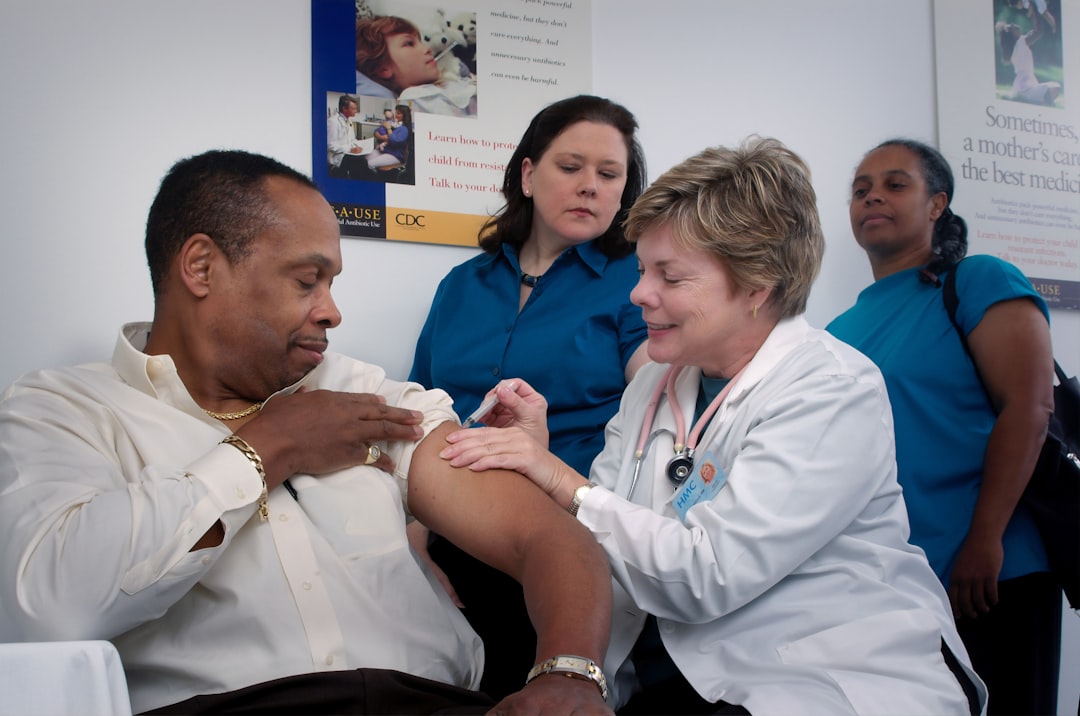Questa volta abbiamo cercato una curiosità scientifica: Do vaccines have “recipes”, and if so, once one lab creates one, is it simply shared with the rest of the world? (And how is it ensured that it’s being done right?)
Ed ecco le risposte degli esperti:
To have a recipe you have to find a method first which will allow you to produce the right product (vaccines, pills, drugs etc). You have to calculate quantities, find the right temperature, the right pressure etc. But yes as soon as you find all those you have a “recipe”. But then, the company that has it doesn’t share for free, because they have spent huge amounts of money to do research and experimentations. So the rest of the world (aka “enemy” companies) can either pay for the recipe or find an other way of producing the same vaccine.
To insure that it’s being done right, some organisations test them many many times, either with volunteers or animals I believe.
To begin with, it’s important to note that there are many different types of vaccines and how they’re created varies widely. Live vaccines may be a related organism that will provoke an immune response but not cause a (serious) infection, e.g. the smallpox vaccine. Inactivated or attenuated vaccines use viruses that have been ‘broken’ in some way such as through heat or chemicals, so that they walk the line between being sufficiently intact to provoke an immune response, but not so active that they will cause an infection, e.g. the MMR vaccine. In both of those cases quality control is extremely important because the vaccines carry at least some risk of leading to full-blown infections, so confirming that they are properly manufactured and delivered is critical.
Newer forms of vaccines relying on molecular biology to deliver the antigens that provoke an immune response in a more precise fashion. That might involve making new strains of the virus that are deficient in critical genes so they can’t replicate (there are a number of these for animal diseases right now). Alternatively, harmless viruses that are still capable of replication can be modified to display proteins from the virus of interest. This is similar to a perfectly attenuated virus because it has the upsides of a live or attenuated virus without the associated risks (e.g. a rabies vaccine currently used on wild animals to reduce its prevalence). There are also efforts to deliver purified viral proteins as vaccines, though those are challenging because it can be difficult for them to maintain their shape outside their viral context. There are also efforts to deliver DNA or RNA directly to human cells that will instruct them to make and display viral proteins, stripping down attenuated viruses even more.
All of which is to say that the ‘recipe’ for a vaccine can vary a lot. That will influence how easy it is to replicate and the types of quality control necessary to ensure that the right substance is being delivered to patients. It also influences how much research needs to go into developing a vaccine and how much testing is needed to confirm that it is both safe and effective. Those costs may be in the hundreds of millions or billions of dollars, so unless a non-profit is backing that research and testing it’s unlikely that the results will be shared for free. Even then they will likely exert some level of control over other manufacturers because public trust in the safety and efficacy of vaccines is very important to their deployment and uptake, so any developer will want to ensure that they’re made and delivered properly.
I work in vaccine development so i have some experience here.
In short and simple terms yes they do, like baking a cake. The vaccines I have experience with are live attenuated virus and inactivated virus. The attenuated one is basically a weak version of the disease causing one that your body can easily fight off and the inactivated one is more or less dead (if you can really call a virus dead or alive that is)
In production of these types of vaccines we start by growing up loads of cells on plastic and adding food for the cells to grow, when theres enough cells we need to add some virus and let it multiply like crazy, after some time (it differs between viruses) most of the cells have been used by the virus to replicate and are dead now. Next we have to remove the dead cells and the food we gave the cells from the virus by purifying it. Then we inactivate it if its not attenuated and remove what we inactivate it with, then we add things to it so it stores well and wont degrade or to make it a more effective at triggering your immune system.
All of these steps require a long list of materials/ingredients, and these ingredients combined with the methods or the way we do things can be considered a recipe.
As has been said in other comments it costs a lot to do all this, I’ talking tens of millions before you can even test it. So companies are very protective of their secret ingredients
If you’re interested in the history of vaccines (and it looks like you are based on your questions about polio with another commenter), I would highly recommend this podcast “This Podcast Will Kill You” …. 2 doctors talk about infectious disease. They do a whole episode about polio . ANd they do 2 episodes on the history of vaccines .
Yes, a vaccine would have a “recipe”. Once one lab creates it it would license the manufacturing rights to companies that have a high capacity for production. It’s critical to remember some basic science behind this first… the three main categories of drugs are small molecule, large molecule, and biologics. Large and small molecule drugs can be synthesized via chemical reactions, and thus they’re much easier for drug manufacturers to make. Biologics on the other hand utilize cellular and biological processes to create the drug, and are vastly more complex to manufacture. Vaccines typically fall under the category of biologics.
WHO only recognizes about 25 countries to have the capacity for competently manufacturing and batch certifying vaccines (most high income countries plus China and India), so it’s not as simple as ‘figure out the recipe and give it out to all the other countries to manufacture’.
When generic small molecules begin to be produced by other companies after a patent has expired, we test that they work the same way the original did through a process called biosimilarity testing. That form of testing doesn’t really exist for biologics, where with biologics the “manufacturing process is the product” so to speak. This is a critical problem in widespread international safe and effective production of biologics.

